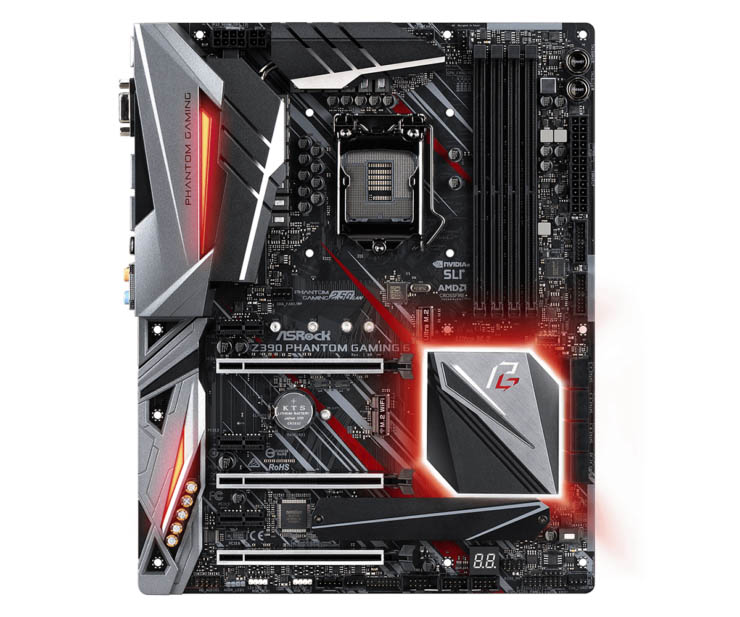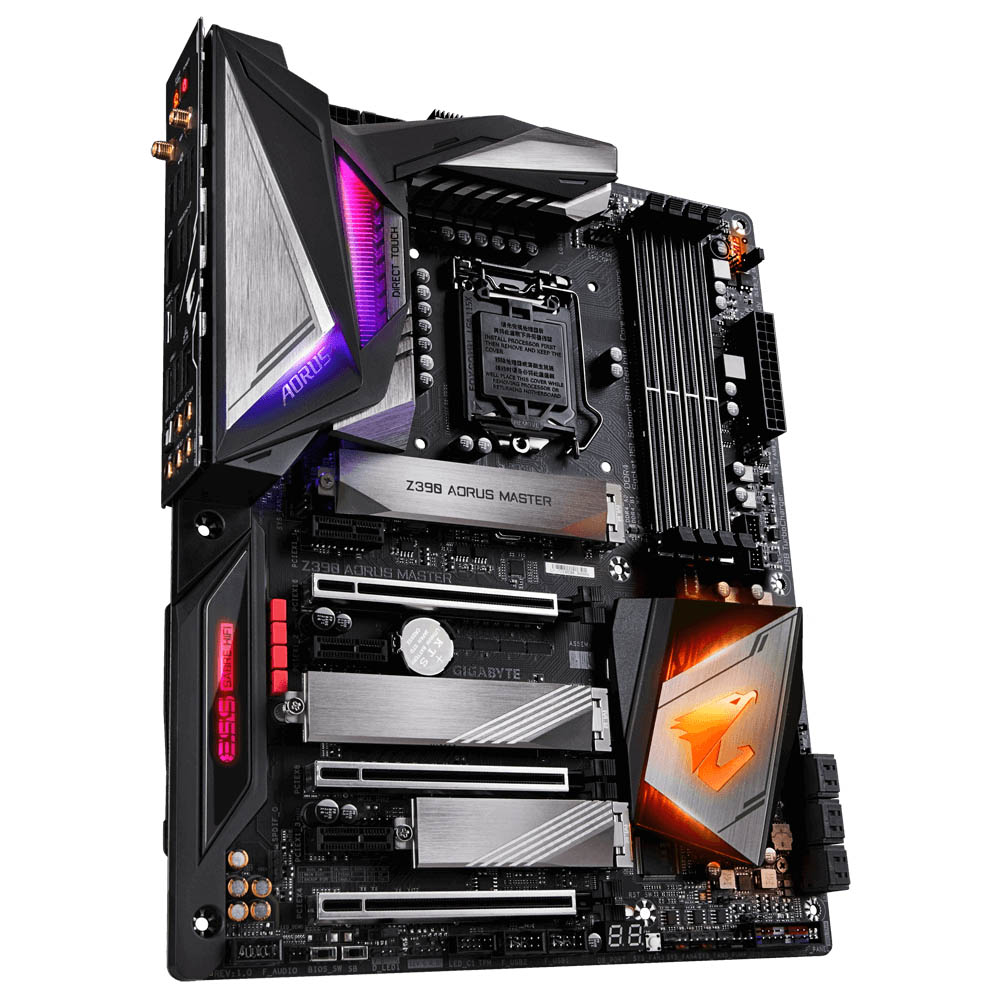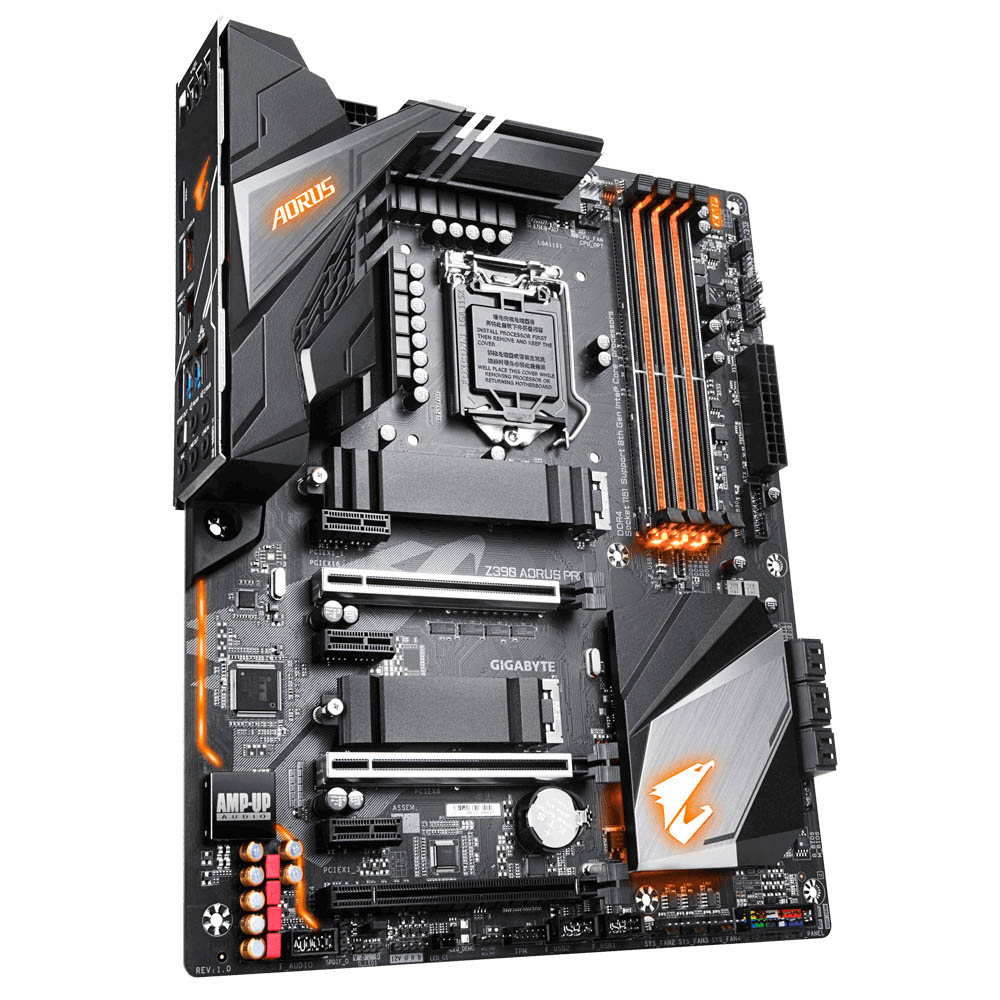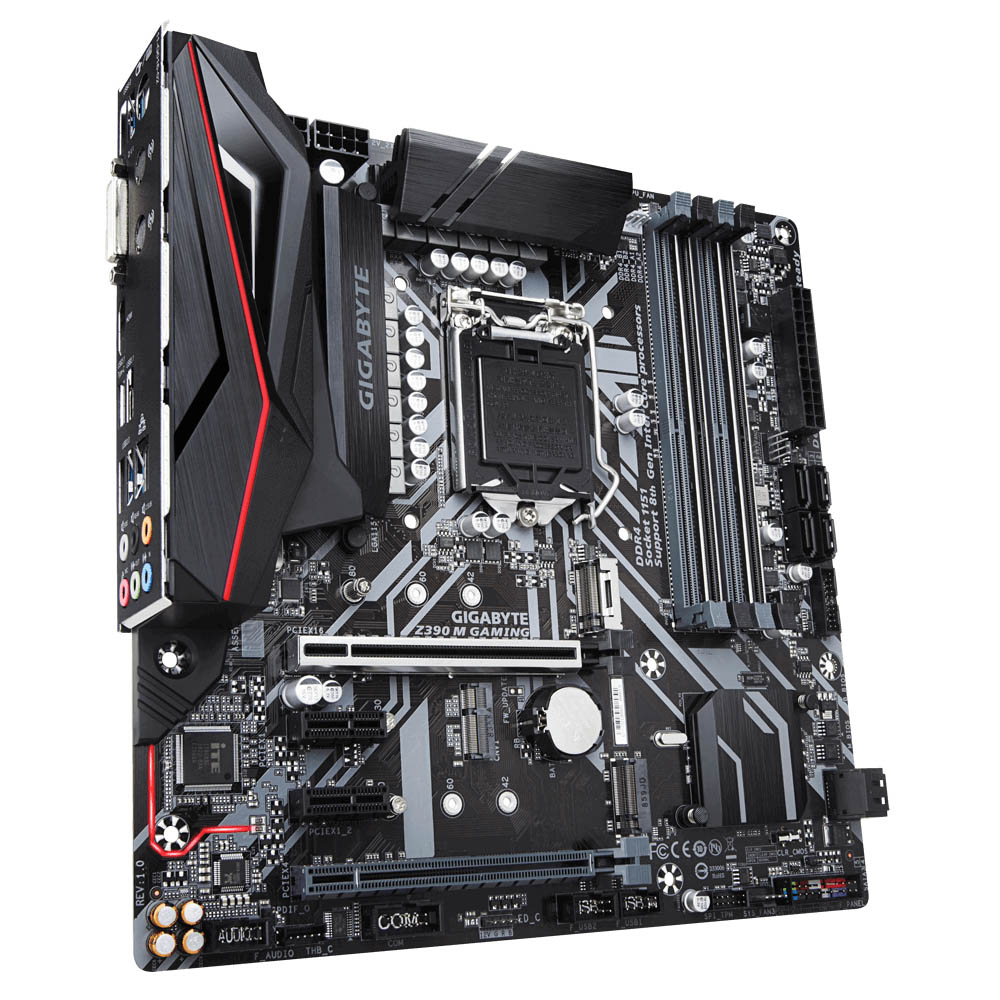Intel Z390 Motherboard Roundup: All the Boards We Know About
Motherboard manufacturers have been trying to hide their Z390 motherboards for months. However, they didn't do a very good job as we've witnessed leaks spreading far and wide. Now that the Intel embargo has officially lifted, we can finally get a good look at the Z390 options from various motherboard vendors.
Sadly, aside from an introduction, Intel's 9th generation Core processors will not make an appearance today. The new chips won't be on shelves for at least another week. Look on the bright side, though. At least you can start picking a Z390 motherboard for your future 9000-series processor.
We know that many of you probably have a Z390 build planned in your heads, so we went on a mission to gather each and every Z390-based motherboard from each vendor. The end result is an extensive list filled with a plethora of Z390 motherboards in different colors and form factors. You'll surely have no problem finding one that suits your needs.
The Z390 Overview
Z390 combines the integrated USB 3.1 Gen2 controller, CNVi link, along with support for Windows 10's modern standby, of its latest mainstream chipsets with the overclocking capability and CPU PCIe bifurcation that’s typically limited to its Z and X series parts. Intel's block diagram below does a good job of calling out the key features of the new Z390 chipset.
We've posted a deeper look at the 300-series chipset during Intel's official launch, and we have performance testing of three new Z390 motherboards in our Z390 Motherboard Preview: Gigabyte, MSI & ASRock Tested article. Without further ado, let's look at the rest of the new Z390 motherboards.
ASRock Z390 Motherboards












The ASRock Z390 Taichi Ultimate leads the way as the flagship model of ASRock's lineup. The motherboard comes equipped with beefy features, such as a 12-phase power delivery subsystem, an additional external base clock generator for enhanced overclocking, support for DDR4-4266 memory modules, and a 10GbE LAN port.
ASRock has been pushing its Phantom Gaming brand for a while now. The launch of the new Z390 chipset is the perfect opportunity the Phantom Gaming brand to make a splash in the motherboard territory. As a matter of fact, six of ASRock's twelve Z390 motherboards come from the Phantom Gaming family.
Get Tom's Hardware's best news and in-depth reviews, straight to your inbox.
Asus Z390 Motherboards















Asus brings its A-game this generation with nothing less than 20 unique motherboards from the Republic of Gamers (ROG), Strix, The Ultimate Force (TUF), Prime, and Workstation lines. The Maximus XI Extreme is the crème de la crème of Asus Z390 motherboards and comes with many features that include support for DC (Double Capacity) DIMMs, DDR4 speeds over 4,400MHz, 5GbE LAN ports, etc.
Some of the notable mentions include a special Call of Duty: Black Ops 4 version of the Maximus XI Hero (Wi-Fi) for die-hard Call of Duty aficionados and the WS Z390 Pro motherboard for workstation users.
Gigabyte Z390 Motherboards










Gigabyte has gone all in on Intel's Z390 chipset. More than half of Gigabyte's Z390 motherboards come with the Aorus branding, so it's pretty obvious that Gigabyte is specifically targeting the gaming crowd.
The Gigabyte Z390 Aorus Master, as its name implies, is the master of the company's Z390 motherboards. Gigabyte claims the motherboard employs an authentic 12-phase power delivery subsystem. The company even promises an all-core boost clock of 5GHz+ on the forthcoming 9th generation Intel Core processors. There's also a few Z390 motherboards from Gigabyte's Gaming and Ultra Durable product lines for the more budget-conscious consumers.
MSI Z390 Motherboards







MSI has revamped its nomenclature to identify the brand's motherboards. MEG (MSI Enthusiast Gaming) motherboards come with the company's most advanced technology and features, for example, Killer Networking LAN ports, dedicated audio DAC, Mystic Light RGB lighting, etc. On the other hand, MPG (MSI Performance Gaming) motherboards mainly focus on bringing mainstream gaming features to consumers. Lastly, MAG (MSI Arsenal Gaming) motherboards have a heavy emphasis on functionality and robustness.
The MSI MEG Z390 Godlike sits at the top of MSI's motherboard hierarchy. The motherboard has a decked-out 18-phase power delivery subsystem that's designed to squeeze every drop of performance out of Intel's new processors. It also comes with a few nifty accessories like an M.2 PCIe riser card and an HDMI streaming card.
NZXT Z390 Motherboards




NZXT is a relative newcomer to the motherboard industry. Today's launch marks a special occasion for NZXT: it marks the release of the company's second motherboard. The N7 Z390 resembles its predecessor, the N7 Z370, in terms of design and features with its all-metal motherboard cover, GRID+ digital fan control, and HUE 2 integrated RGB lighting channels. The integrated rear I/O shield is the biggest change on the Z390 model.
Supermicro Z390 Motherboards




Supermicro might not be very well-known in the mainstream motherboard market, but that didn't stop the US-based motherboard manufacturer from getting in on the Z390 fun. The company's Z390 lineup consists of four models that focus on different user needs.
The C9Z390-PGW is Supermicro's top dog that's built to offer the best overclocking performance while the C9Z390-CGW is a more balanced version of the flagship model. Both are equipped with a 10GbE LAN port powered by Aquantia's AQC107 controller. The Z9Z390-CG is Supermicro's cost-effective no-frills model. And last but not least, the C9Z390-CG-IW is the company's Mini-ITX powerhouse.

Zhiye Liu is a news editor, memory reviewer, and SSD tester at Tom’s Hardware. Although he loves everything that’s hardware, he has a soft spot for CPUs, GPUs, and RAM.
-
jimmysmitty So short of USB 3.1 Gen 2 and Wireless AC its the same. Basically if you have a Z370 board and want a 9 series CPU its not worth paying for a new motherboard.Reply





